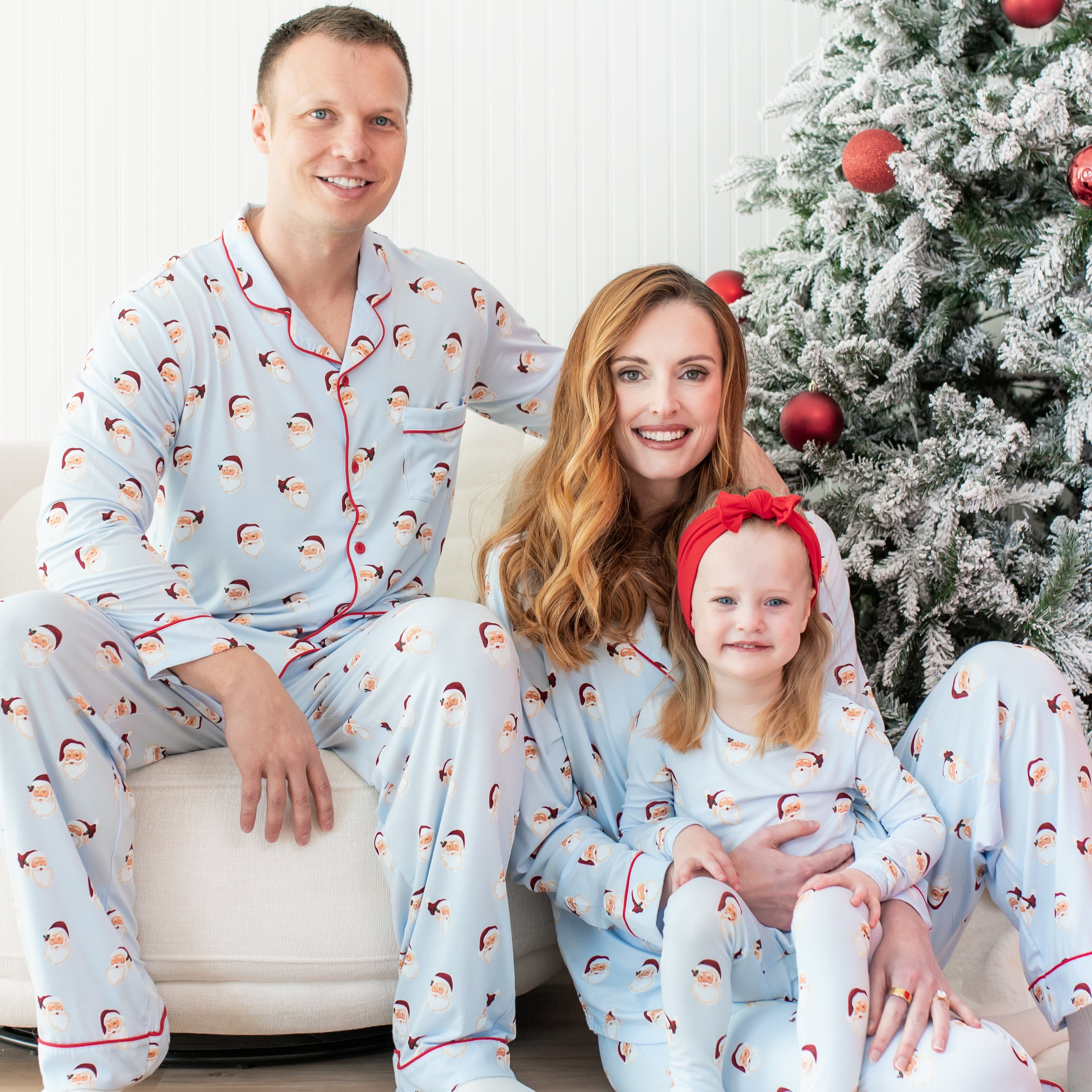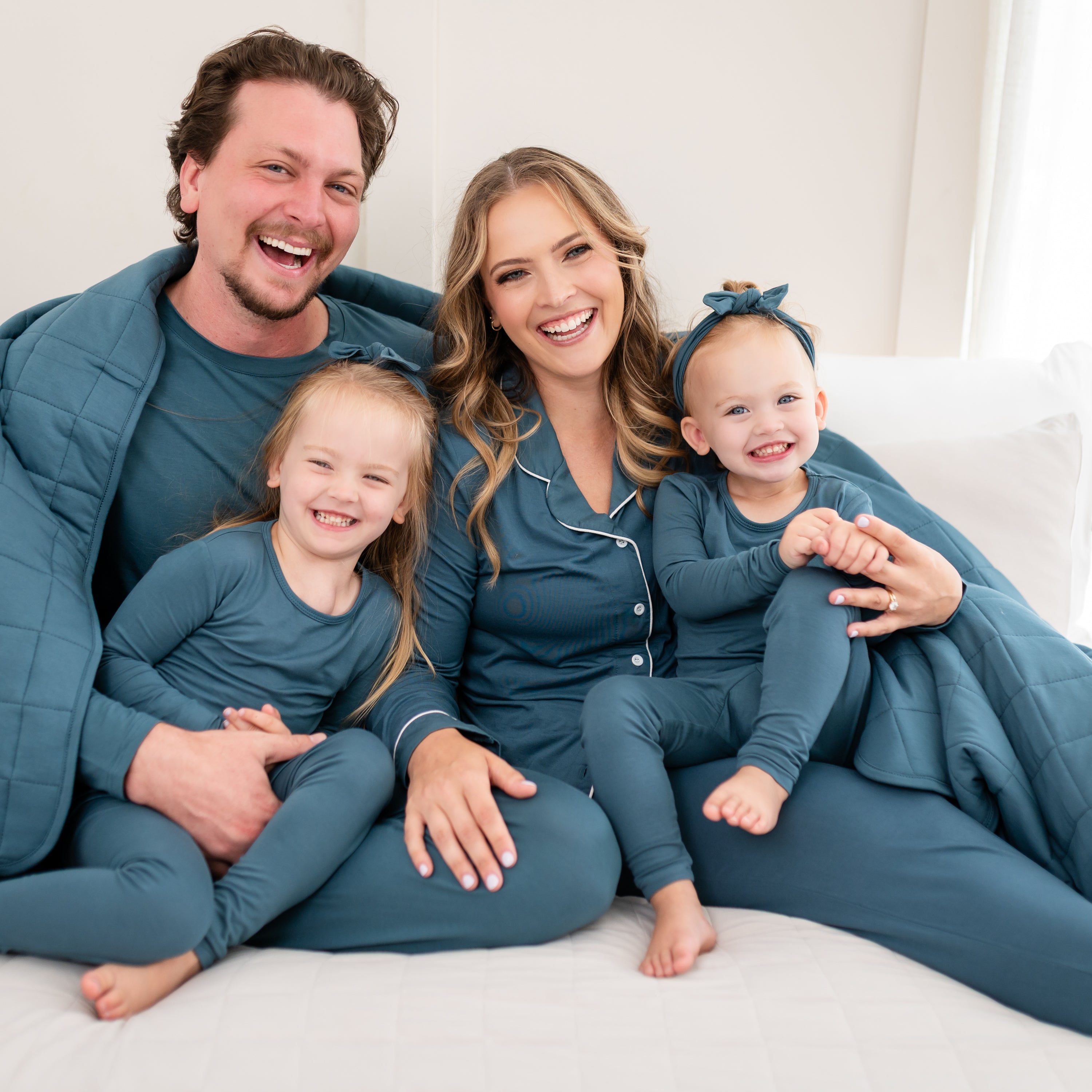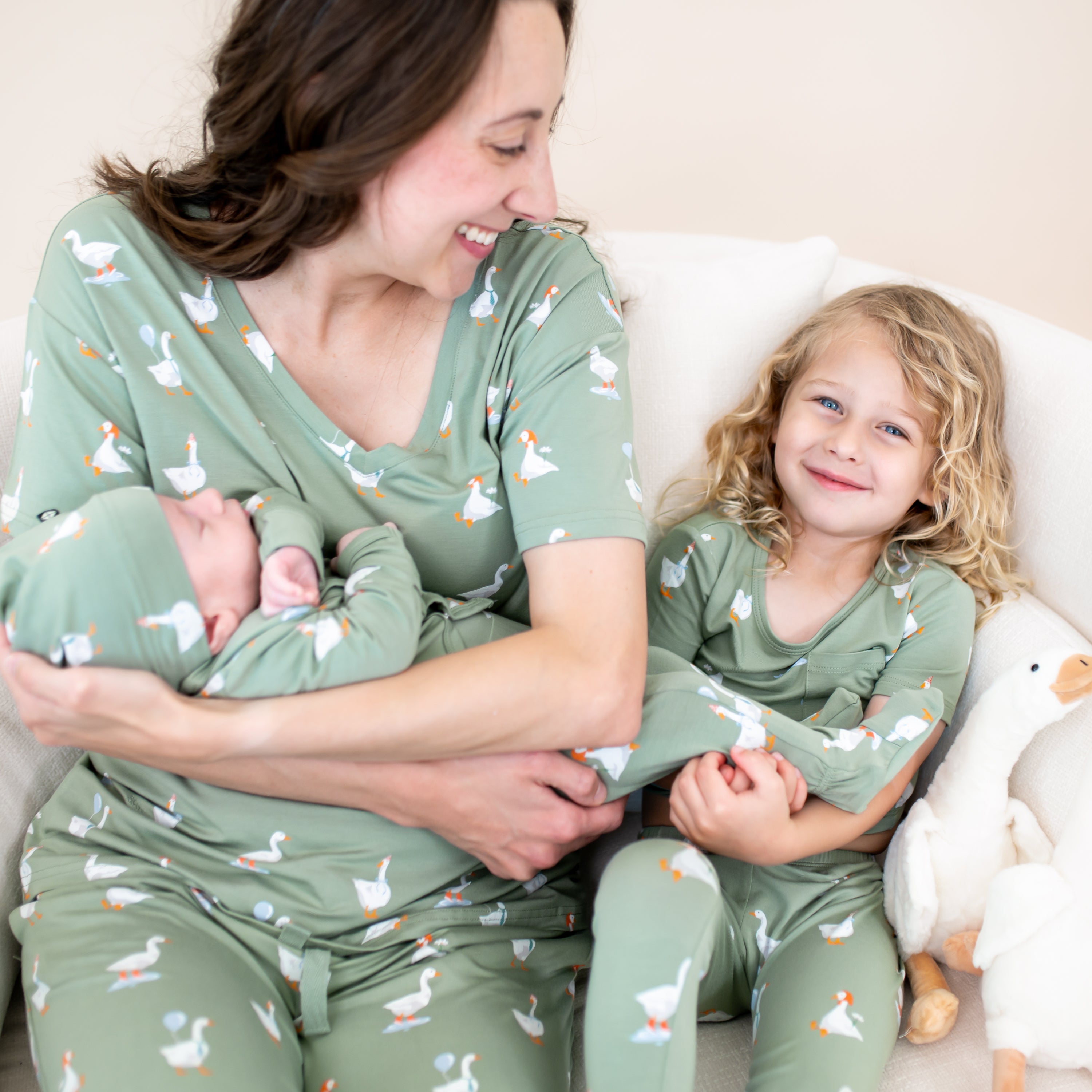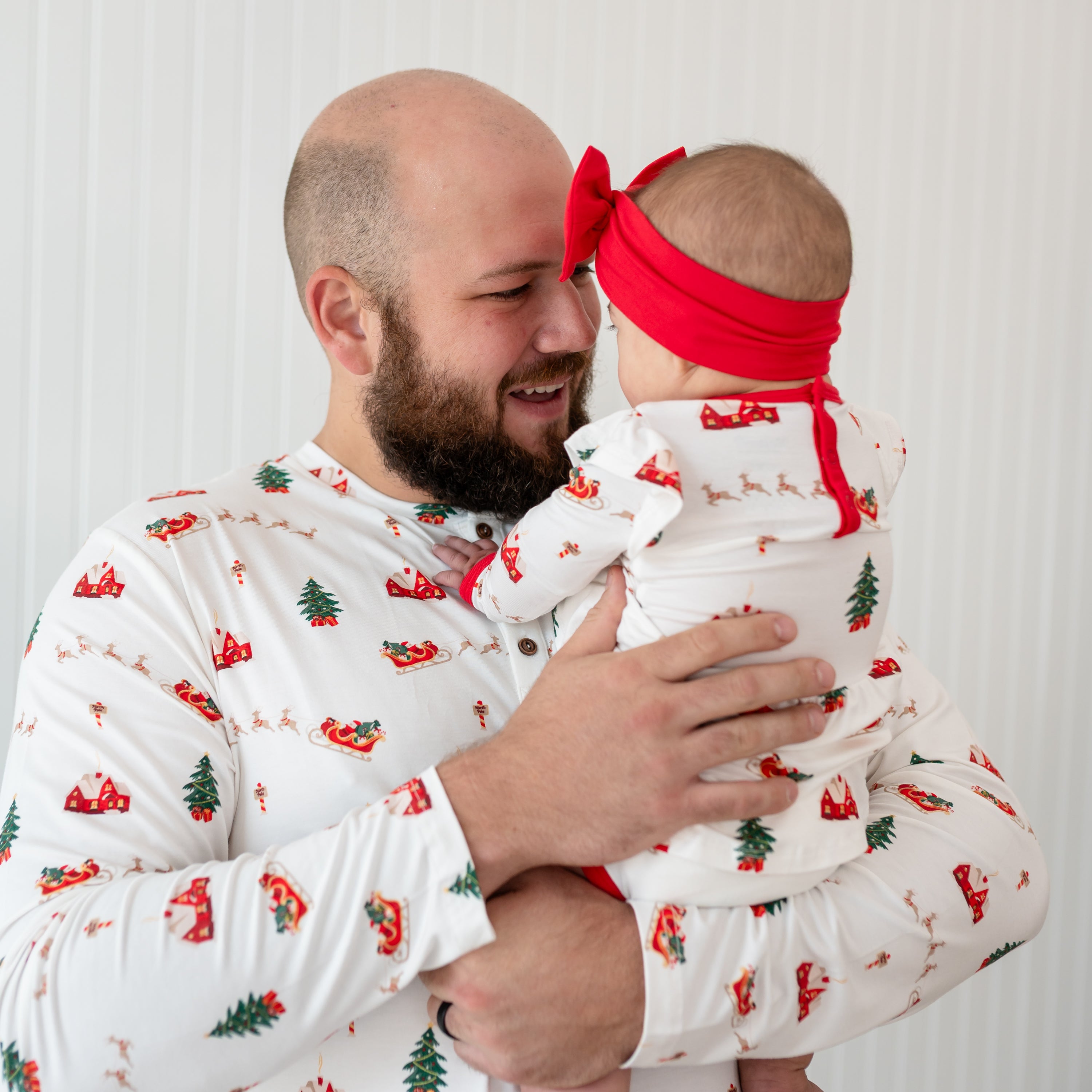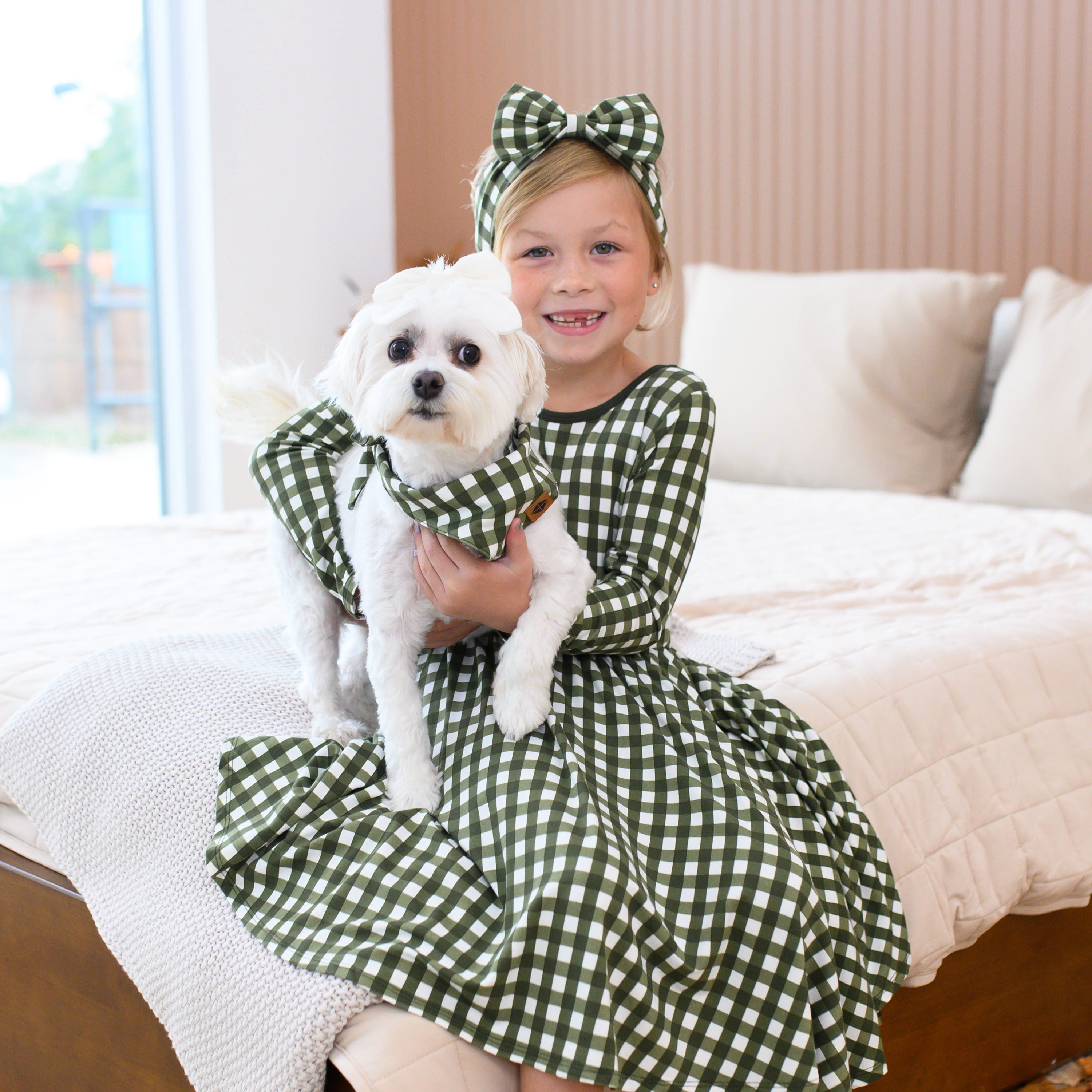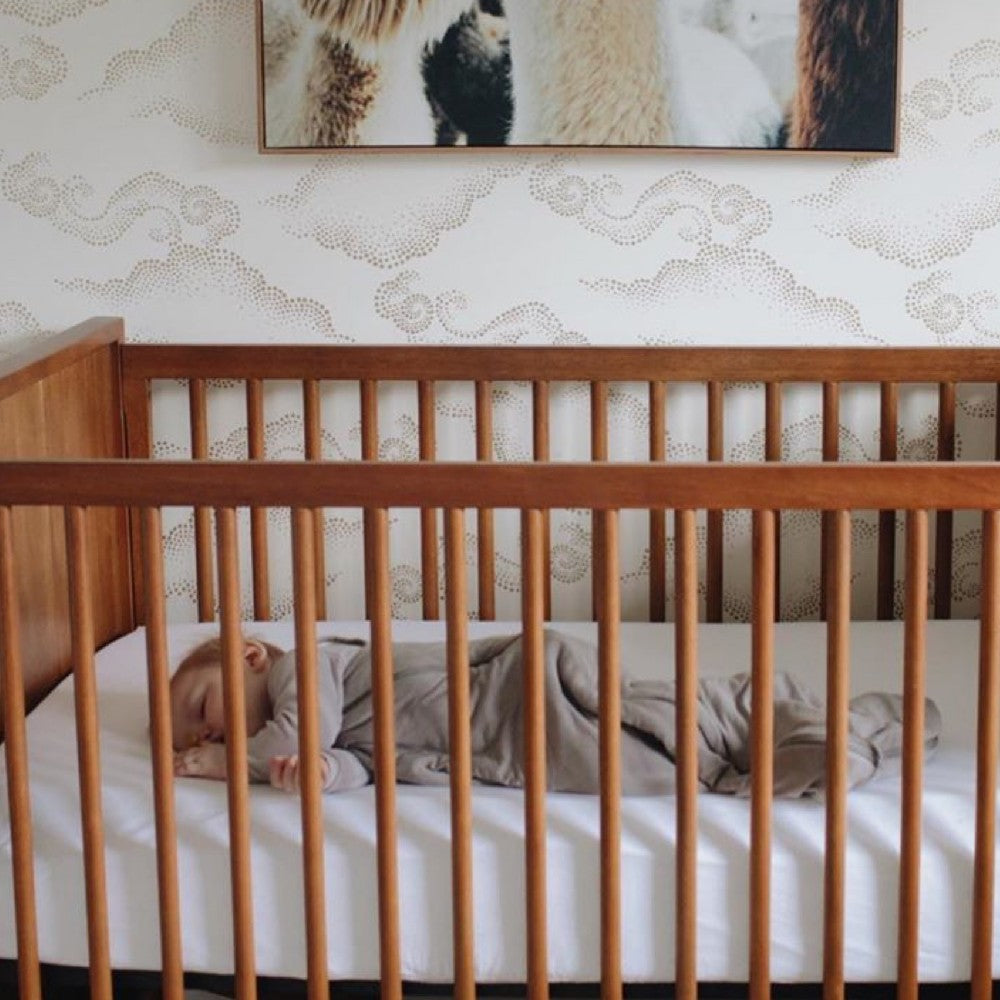
There are so many options for sleep spaces on the market these days! It can get overwhelming determining what to choose and how to use it safely or correctly according to the manufacturer.
So how do you choose, what do you choose, when do they use what… all the questions you have will be answered in this guide!
As an important note, the American Academy of Pediatrics recommends safe sleep surfaces labeled as bassinets, pack n plays/playards, or cribs. Anything else would not be considered a safe sleep surface.
When bringing home a newborn, parents typically choose to room share and keep their newborn close to them for ease of access during night feedings/night wakings. A bassinet is usually the easiest way to accomplish this, but a pack n play/playard or mini crib is also totally fine!

Other families have the room for a full size crib in their room and use that from day one. It’s really what works best for your space and your family!
For information on when to transition from the bassinet to the crib, check out this blog post!
Remember to check the specific recommendations in the manual for your bassinet-- it will have a weight or abilities limit (meaning no longer using it over a specific weight or whenever they can do something like roll, getting on hands and knees, or sitting up). Each bassinet will have been safety tested specifically so it is best to refer to your manual for that.

For a pack n play/playard, there are typically rules for using the top shelf/bassinet insert which is just an attachment that is higher than putting them all the way down into the bottom of the pack n play (not the newborn insert/diaper changing attachment-- that isn’t for sleeping). This top shelf feature usually has a weight or abilities limit similar to a bassinet.
If you’re using a pack n play, you don’t want to add anything to the pack n play like a mattress-- it is only tested for safety with the mattress that comes with it! You can use a tight fitted sheet or surprisingly, the Kyte BABY changing pad covers fit mini crib mattresses and pack n play mattresses to help your little one stay comfortable when using one!
Crib standards are also really important when you are shopping for one! Here are the standards for crib safety as set forth by the Consumer Product Safety Commission (CPSC):
- A firm, tight-fitting mattress so a baby cannot get trapped between the mattress and the crib.
- A firm crib sheet
- No missing, loose, broken or improperly installed screws, brackets or other hardware on the crib or mattress support.
- No more than 2 3/8 inches (about the width of a soda can) between crib slats so a baby's body cannot fit through the slats; no missing or cracked slats.
- No corner posts over 1/16th inch high so a baby's clothing cannot catch.
- No cutouts in the headboard or foot board so a baby's head cannot get trapped.
- Cribs with a “drop side” are also no longer recommended
Different cribs will have different mattress levels, so it’s important to refer to your crib’s manual on when to lower the crib mattress. If your mattress is currently at the highest level, you will want to drop that down a level once your child is rolling.
After that, you can drop it all the way to the lowest setting when your little one is getting into a sitting position but definitely when they can pull themselves to stand! Babies tend to be top heavy, meaning their head is heavier than their body and if the crib rail is lower than their collar bone/clavicles, then they can topple head first out of the crib.

Lowering the mattress as soon as they are starting to develop those mobility skills will keep your little one safe as long as possible!
Once your child reaches 35 inches or has the ability to climb out of the crib, it is time to transition to a toddler bed-- and you can read this blog to learn more about preparing for that transition!
AUTHOR:
Ashley Olson is a certified pediatric sleep consultant, owner of Heaven Sent Sleep, and passionate about helping new parents, experienced parents, desperate and sleep deprived parents form healthy sleep habits for their children.
She has over 3 years of experience in working with families and has completed over 150 hours of coursework plus continuing education related to infant and toddler sleep. The focus of her work is on fostering a routine that grows your bond with your child while improving their sleep habits. She specializes in custom sleep plans and one on one support in changing sleep practices!













